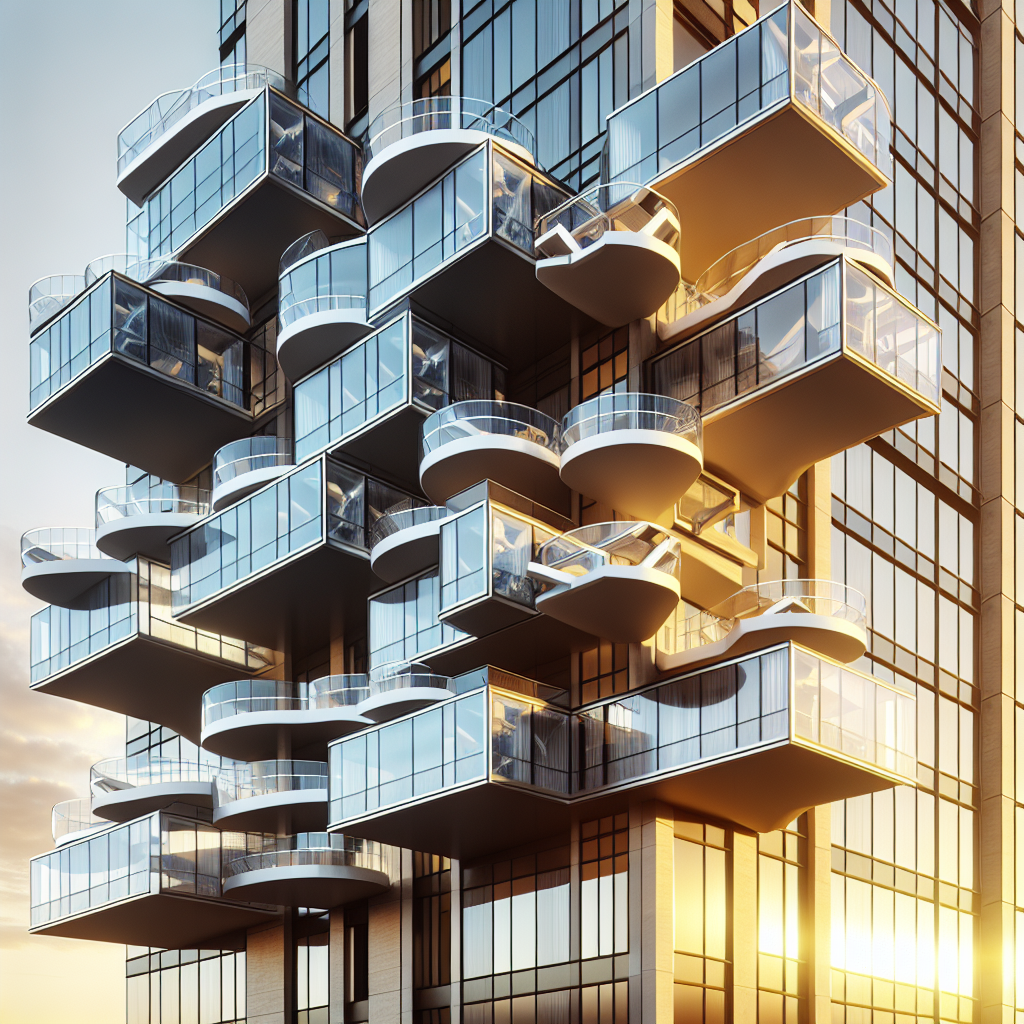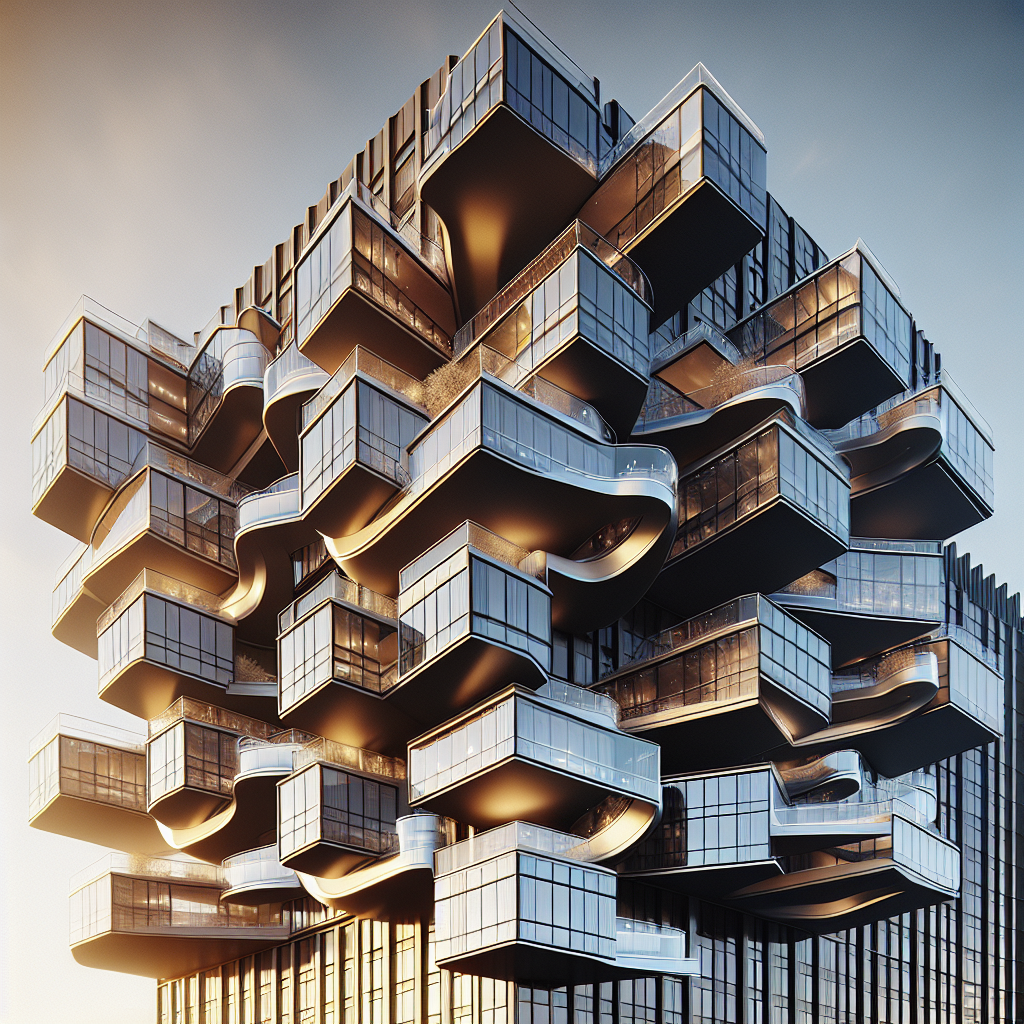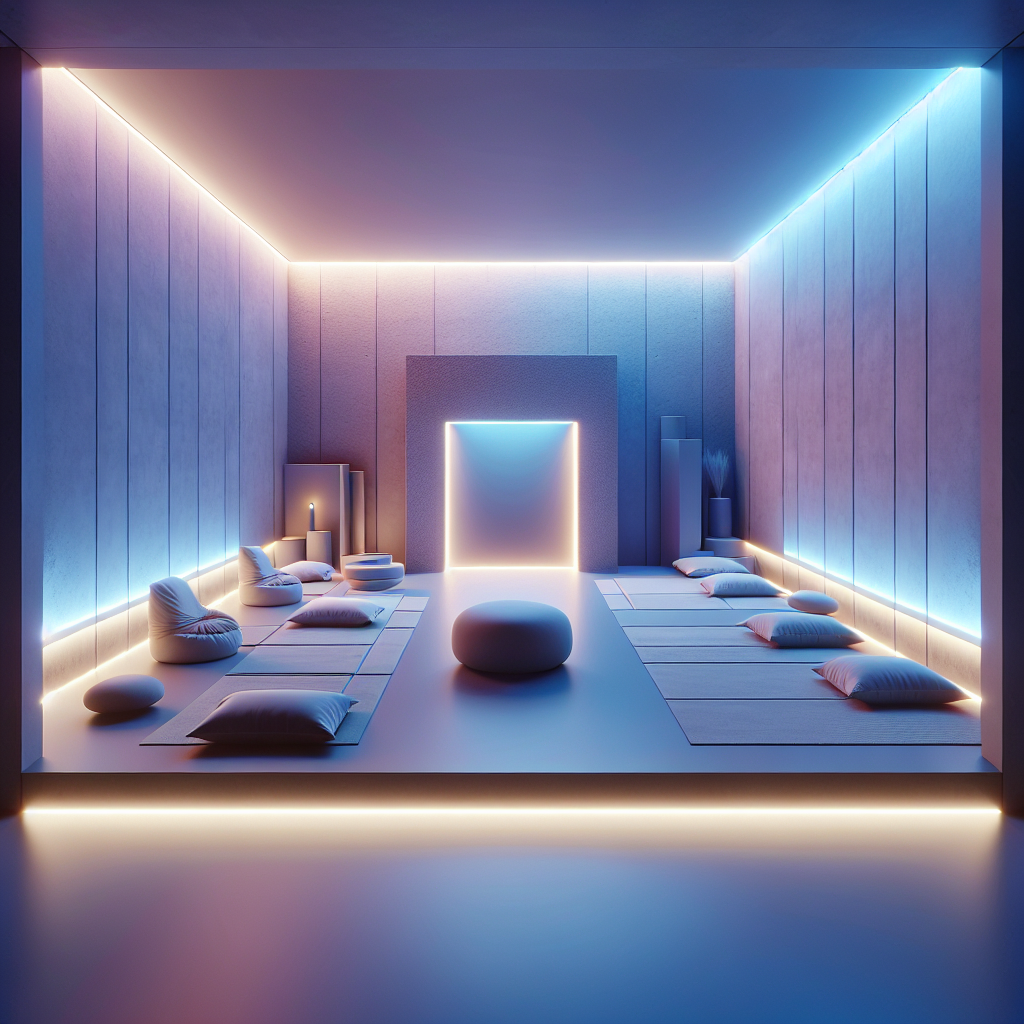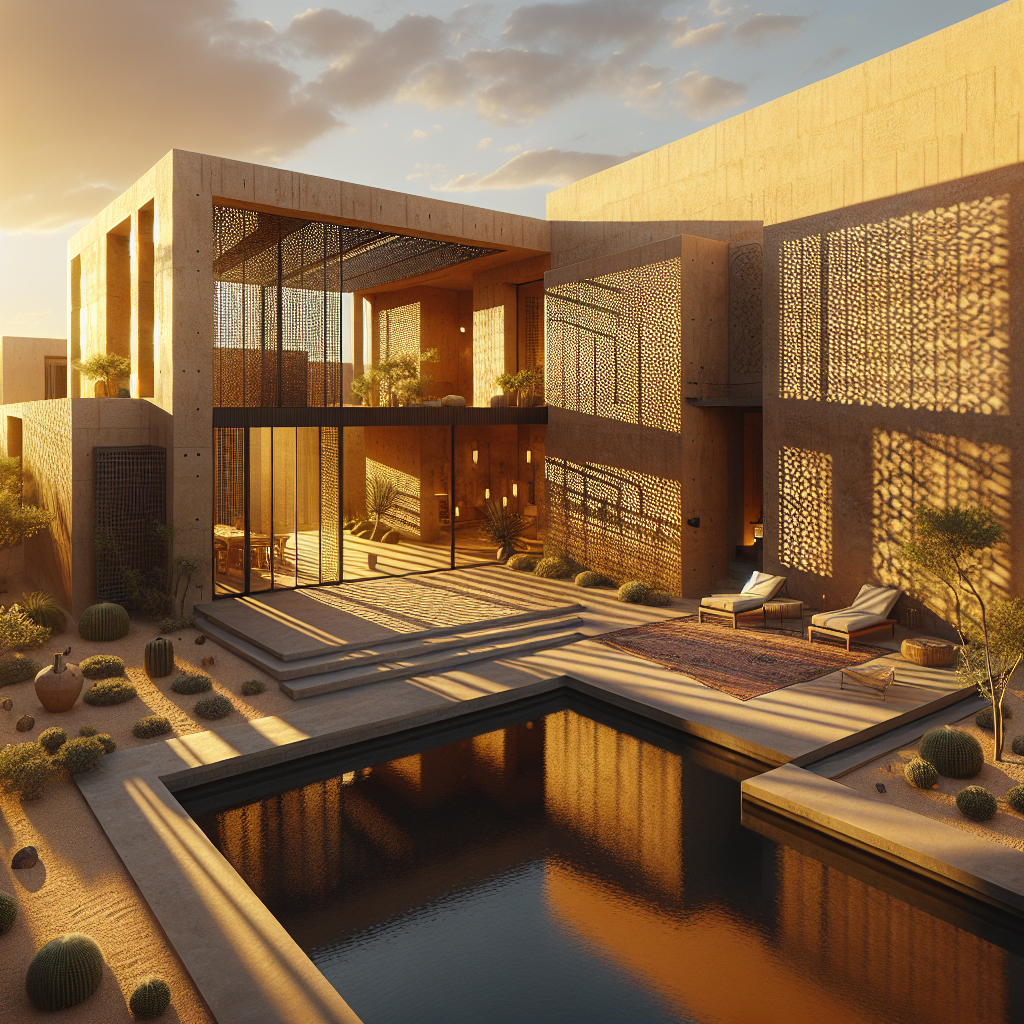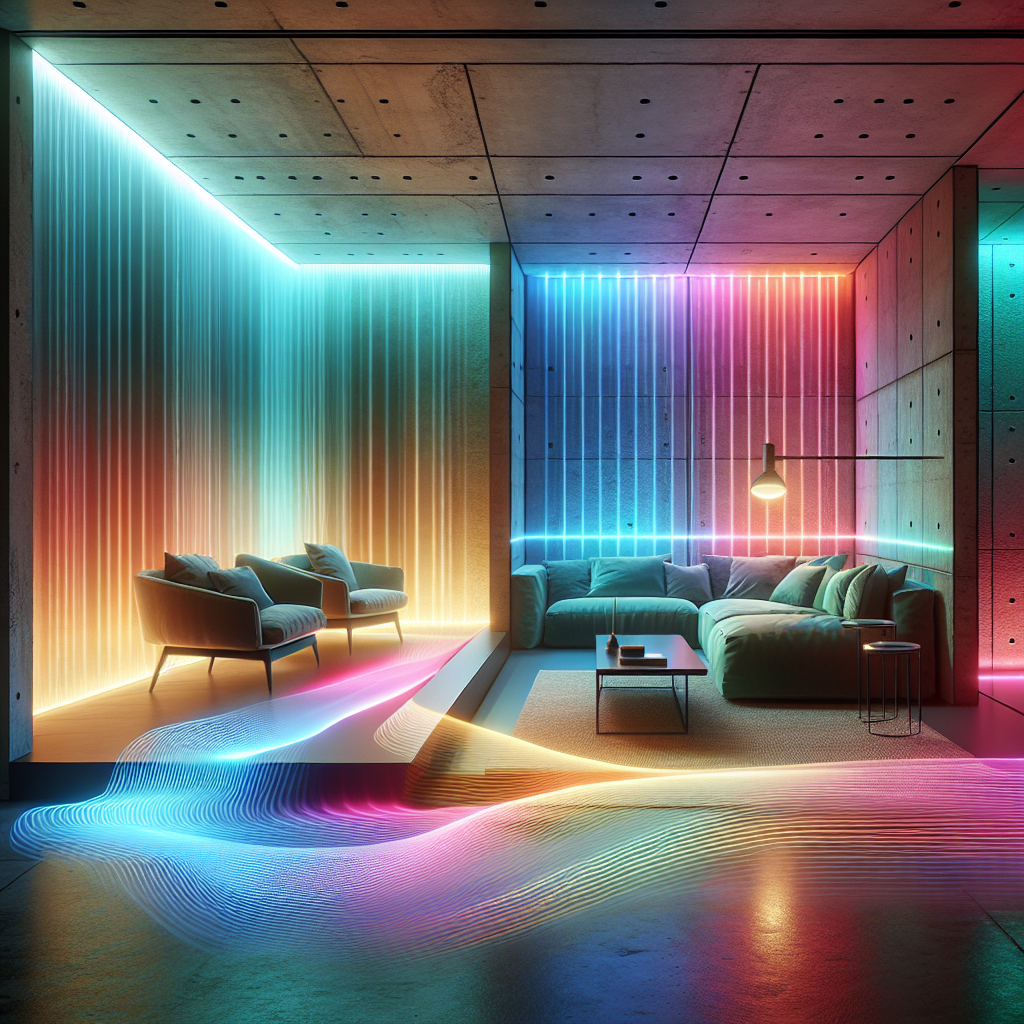Boomerang vantage points: balconies that pivot for changing views
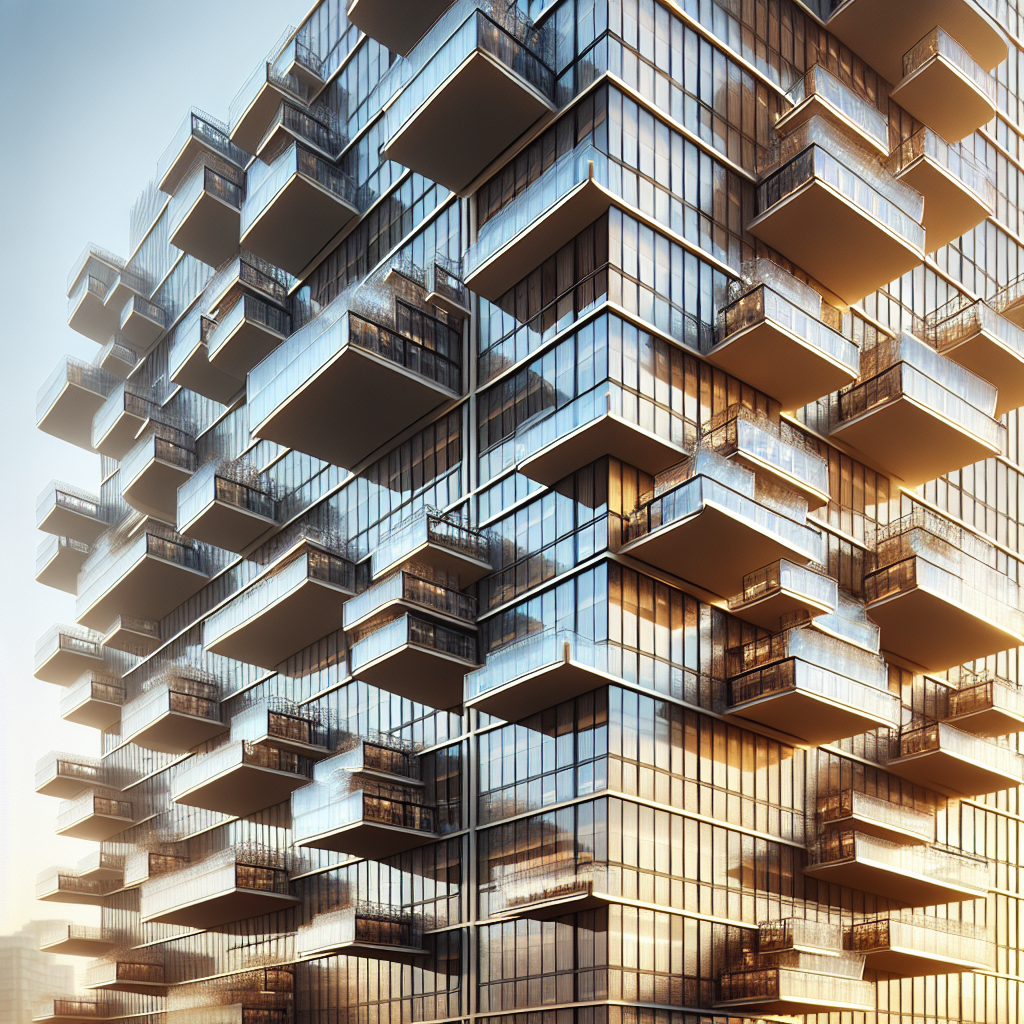
Boomerang Vantage Points: Balconies That Pivot for Changing Views
In the ever-evolving dialogue between architecture and motion, the pivoting balcony—a kinetic architectural feature that rotates or reorients to capture shifting perspectives—has emerged as one of the most compelling innovations of the decade. These boomerang vantage points are redefining the relationship between the inhabitant and the horizon, transforming static façades into dynamic interfaces between interior and exterior worlds. For architects and designers seeking to expand the vocabulary of residential experience, the rotating balcony represents both a technical challenge and a poetic opportunity: to choreograph light, air, and view in perpetual motion.
The Architecture of Movement
Architecture has long flirted with motion—from kinetic façades that breathe with the wind to sliding walls that dissolve spatial boundaries. Yet the notion of a balcony that physically pivots, allowing occupants to alter their outlook, takes this concept further. It embodies a new form of responsive architecture, one that engages directly with the rhythms of the day and the desires of its users.
In essence, these balconies act as rotating platforms—mechanically or hydraulically driven—mounted on precision-engineered bearings. They can swivel up to 180 degrees, offering panoramic control over orientation. Morning coffee facing the sunrise, evening wine toward the city lights—the balcony becomes a living instrument of perspective. The design’s mechanical core is typically concealed within the floor plate, preserving a seamless aesthetic while ensuring safety and stability.
Architectural firms across Europe and Asia have begun experimenting with this concept, integrating it into high-end residential towers and boutique hotels. The technology draws inspiration from the kinetic façades explored in projects like those discussed in Responsive Architecture: Exploring the World of Kinetic Façades, where adaptability becomes an aesthetic language rather than a mere technical function.
Engineering Elegance: The Mechanics Behind the Motion
At the heart of the pivoting balcony lies a marriage of precision engineering and architectural finesse. Designers employ lightweight yet robust materials—carbon steel frames, titanium bearings, and reinforced glass balustrades—to ensure structural integrity without compromising visual delicacy. The rotation mechanism is often powered by silent servo motors or solar-assisted actuators, reflecting the industry’s growing commitment to net-zero design principles.
These systems are guided by smart controls, allowing residents to adjust orientation via smartphone apps or voice commands. The integration of Internet of Things (IoT) technology enables the balcony to respond autonomously to environmental data—rotating toward sunlight during cooler hours or away from prevailing winds during storms. This convergence of digital intelligence and mechanical motion marks a new frontier in smart architectural design.
In terms of safety, redundant locking systems and motion sensors ensure that rotation halts immediately if an obstruction is detected. Structural engineers emphasize that these balconies must meet the same load-bearing and seismic standards as static terraces, a requirement that has driven innovation in modular construction techniques and materials science.
Designing for Experience: The Human Perspective
Beyond the technical marvel, the true allure of the pivoting balcony lies in its experiential dimension. It transforms the act of viewing into an act of participation. The user becomes a co-creator of their environment, actively shaping the relationship between interior and exterior space. This dynamic engagement resonates with the growing movement toward biophilic design, which emphasizes human connection to natural rhythms and sensory variation.
Imagine a coastal residence in Santorini, where the balcony rotates to follow the sun’s arc across the Aegean, or a penthouse in Tokyo, where a turn of the platform reorients the view from Mount Fuji to the neon grid of Shinjuku. Each rotation reframes the narrative of place, transforming the balcony into a cinematic device—an architectural lens through which the world is edited in real time.
Architectural theorists have compared this phenomenon to the concept of phenomenology in architecture—the idea that space is not merely seen but experienced through bodily movement and perception. The pivoting balcony amplifies this notion, making the inhabitant’s gesture of rotation a performative act that alters spatial meaning.
Case Studies: From Concept to Construction
One of the earliest prototypes of a rotating balcony appeared in Copenhagen’s “Dynamic Dwelling” project, designed by the experimental studio LYX Arkitekter. The structure featured three semi-circular decks that could pivot independently, offering residents multiple orientations throughout the day. The design’s success lay not only in its novelty but in its sustainability: each balcony’s motion was powered by a counterweight system that required minimal energy input.
In Dubai, a luxury high-rise known as the “Vortex Tower” has taken the idea to spectacular heights. Each apartment features a pivoting terrace capable of 360-degree rotation, synchronized with the building’s central control system. The façade appears to shimmer as balconies shift position, creating a living mosaic of movement across the skyline. The project’s kinetic choreography echoes the principles of kinetic façades, yet on a more intimate, human scale.
Meanwhile, in Zurich, a more restrained approach has emerged. The “Haus am See” residence employs a manually operated pivoting balcony—an elegantly simple mechanism that invites tactile interaction. The user physically turns the deck, reinforcing the sense of connection between body, structure, and landscape. This analog intimacy contrasts beautifully with the digital sophistication of its global counterparts.
Urban Implications: Reimagining the Skyline
On an urban scale, the proliferation of pivoting balconies could transform the visual language of cities. Traditional façades, defined by repetition and rigidity, may give way to kinetic compositions that shift subtly throughout the day. The result is a living architecture—one that breathes, rotates, and evolves in dialogue with its environment.
For dense urban environments, where access to open air and natural light is increasingly precious, these adaptable balconies offer a pragmatic advantage. They can optimize solar exposure, improve cross-ventilation, and even serve as micro-gardens that track sunlight for optimal plant growth. This adaptability aligns with broader trends in green architecture and sustainable urban design, where every structural element contributes to environmental performance.
Moreover, as cities continue to densify, architects are exploring how pivoting balconies might serve communal rather than private functions—shared rotating platforms that foster social interaction and collective viewing experiences. Imagine a residential tower where balconies align at sunset, forming a temporary sky terrace that connects neighbors through synchronized motion.
The Future of Adaptive Living
The rise of pivoting balconies signals a broader cultural shift toward adaptive living environments. As climate patterns, lifestyles, and technologies evolve, architecture must respond with agility. The rotating balcony encapsulates this ethos—an emblem of flexibility, sustainability, and sensory engagement.
From a design perspective, it challenges architects to think beyond static form and toward temporal architecture—spaces that change over time, responding to both environmental conditions and human emotion. It also raises new questions about privacy, urban choreography, and the aesthetics of movement. How might a city look when its façades are in constant, graceful flux?
As kinetic architecture continues to mature, the pivoting balcony may become a standard feature in high-end residential design, much like automated shading systems or retractable roofs. Yet its appeal lies not only in luxury but in its capacity to reconnect architecture with the primal joy of motion—the thrill of seeing the world from a new angle, quite literally.
In the words of one architect involved in the Zurich project, “A rotating balcony is not about technology for its own sake. It’s about giving people agency over their view—over their relationship with the world beyond the glass.” That sentiment captures the essence of this innovation: a quiet revolution in how we inhabit space, one rotation at a time.

